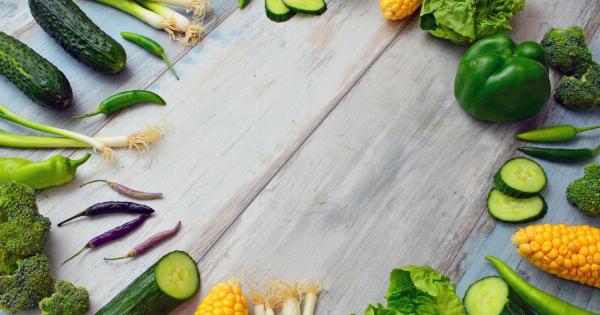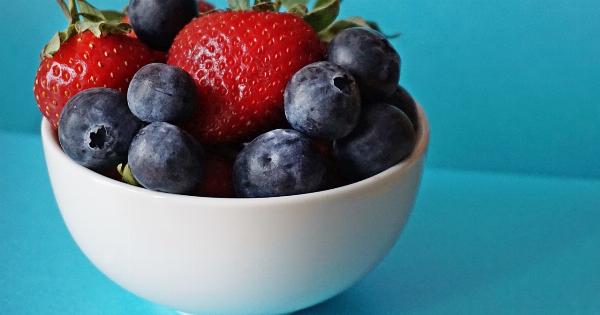Consuming a diet rich in vegetables is essential for overall health and well-being. Not only are vegetables packed with essential nutrients, but they also contain powerful compounds that can help prevent various diseases, including cancer.
While most people are aware of the health benefits of vegetables, there are two little-known strategies that can enhance their anti-cancer properties. In this article, we will explore these strategies and how you can incorporate them into your daily routine to maximize the health benefits of vegetables.
1. Combine Vegetables Rich in Phytochemicals
Phytochemicals are natural compounds produced by plants that have been shown to have numerous health benefits, including anti-cancer properties.
Different vegetables contain varying types and amounts of phytochemicals, which is why it is beneficial to consume a diverse range of vegetables. However, recent research has shown that certain combinations of vegetables can have a synergistic effect, enhancing their individual anti-cancer properties.
The key is to combine vegetables from different families that possess complementary phytochemical profiles.
For example, cruciferous vegetables such as broccoli, cauliflower, and kale contain compounds called glucosinolates, which have been found to have anti-cancer properties. On the other hand, carrots, sweet potatoes, and spinach contain carotenoids, including beta-carotene and lycopene, which also exhibit cancer-fighting effects.
By combining cruciferous vegetables with carotenoid-rich vegetables, such as a salad with kale, spinach, and shredded carrots, you can create a powerful anti-cancer dish.
The different phytochemicals work together to enhance their individual cancer-fighting abilities, providing you with even greater health benefits.
2. Optimize Cooking Techniques
The way you prepare and cook vegetables can significantly impact their nutritional content and anti-cancer properties.
While raw vegetables are known to be nutritious, certain cooking techniques can unlock the full potential of their cancer-fighting compounds.
Steaming
Steaming vegetables is a gentle cooking method that helps to retain their nutrients and phytochemicals. This technique softens the vegetables, making them easier to digest while preserving their anti-cancer properties.
It is important not to overcook vegetables during the steaming process as this can result in nutrient loss. Aim for a slightly crunchy texture, ensuring the vegetables retain their vital compounds.
Roasting
Roasting vegetables in the oven is another excellent cooking technique that enhances their flavor while preserving their health benefits.
When vegetables are roasted, they develop a caramelized exterior, which not only adds a delicious taste but also increases the formation of beneficial compounds. One such compound is called sulforaphane, found in cruciferous vegetables like broccoli and cauliflower, which has potent anti-cancer properties.
Roasting these vegetables can enhance the presence of sulforaphane, making them an even more effective weapon against cancer.
Blanching and Stir-Frying
Blanching is a method where vegetables are briefly boiled and then shocked in ice water to stop the cooking process. This technique helps to retain the vibrant color of vegetables while preserving their nutrients.
Blanching can be followed by stir-frying, which involves quickly cooking the blanched vegetables in a hot pan with minimal oil. Stir-frying helps to seal in the flavors and nutrients, providing you with a tasty and nutritious dish.
Conclusion
By combining vegetables rich in phytochemicals and utilizing optimal cooking techniques, you can greatly enhance the anti-cancer properties of your favorite vegetables.
Experiment with different vegetable combinations and cooking methods to create delicious and nutritionally potent dishes. Remember, a diverse and well-prepared vegetable-based diet can play a significant role in reducing the risk of cancer and promoting overall health and well-being.





























